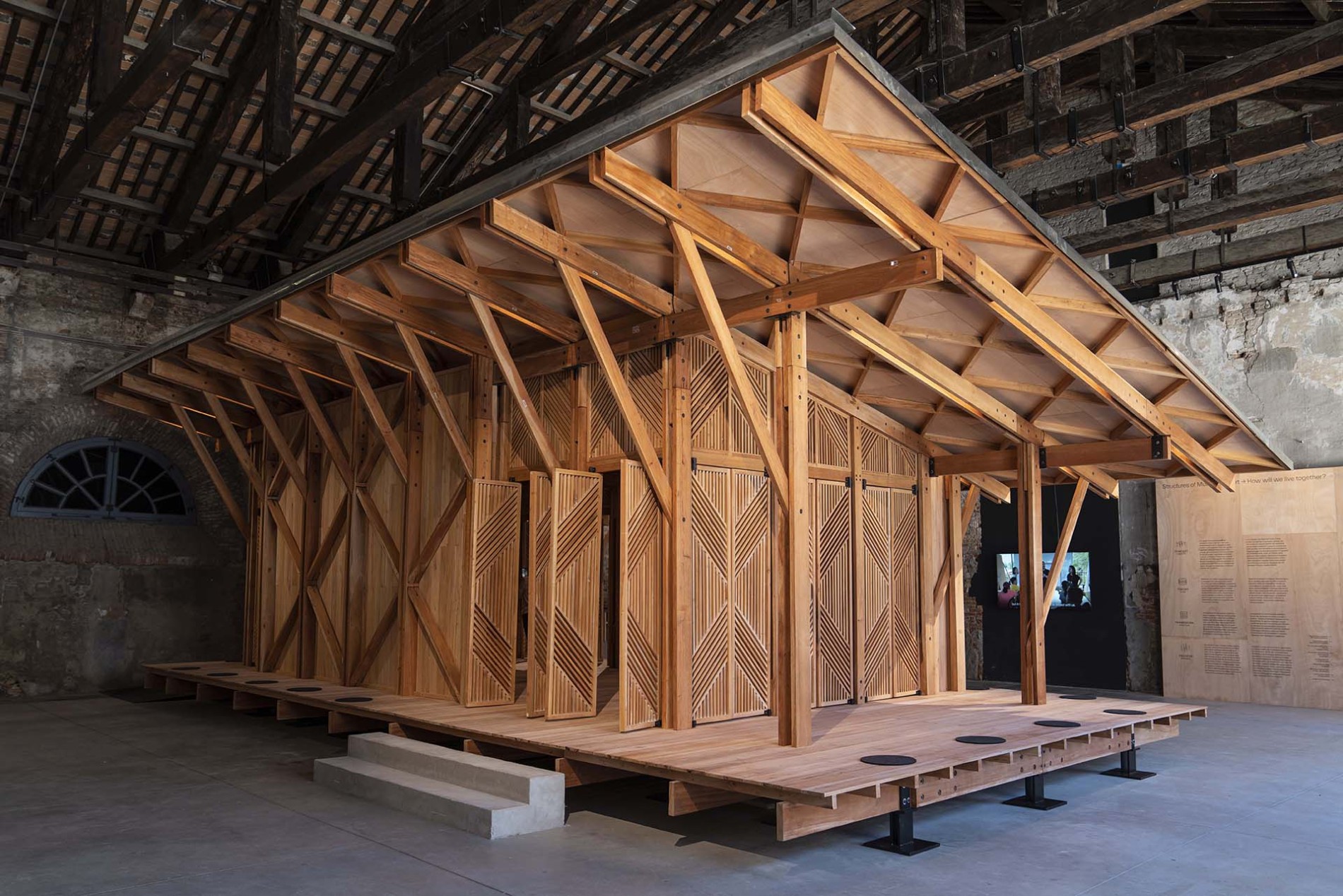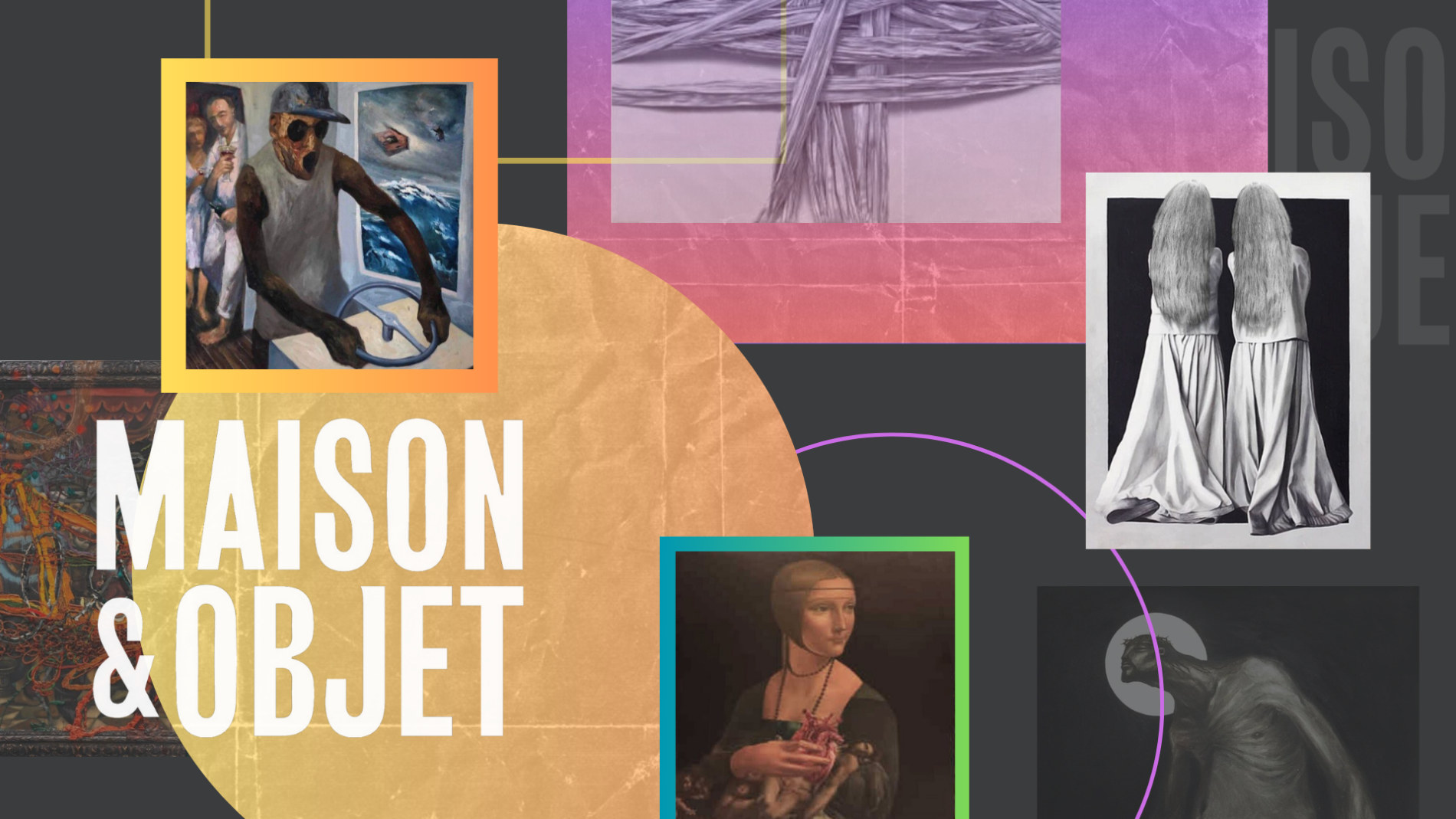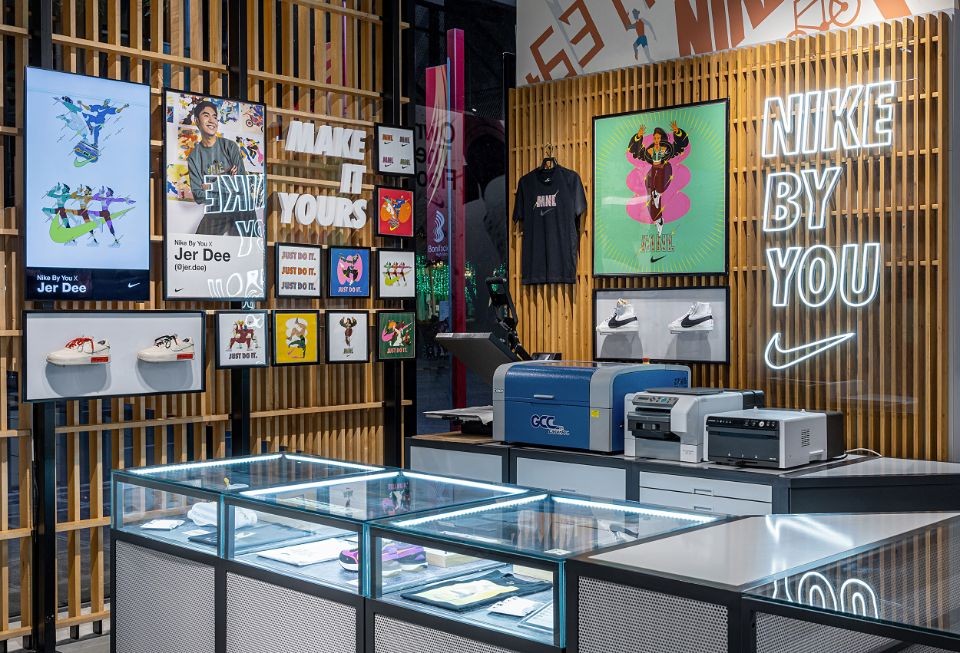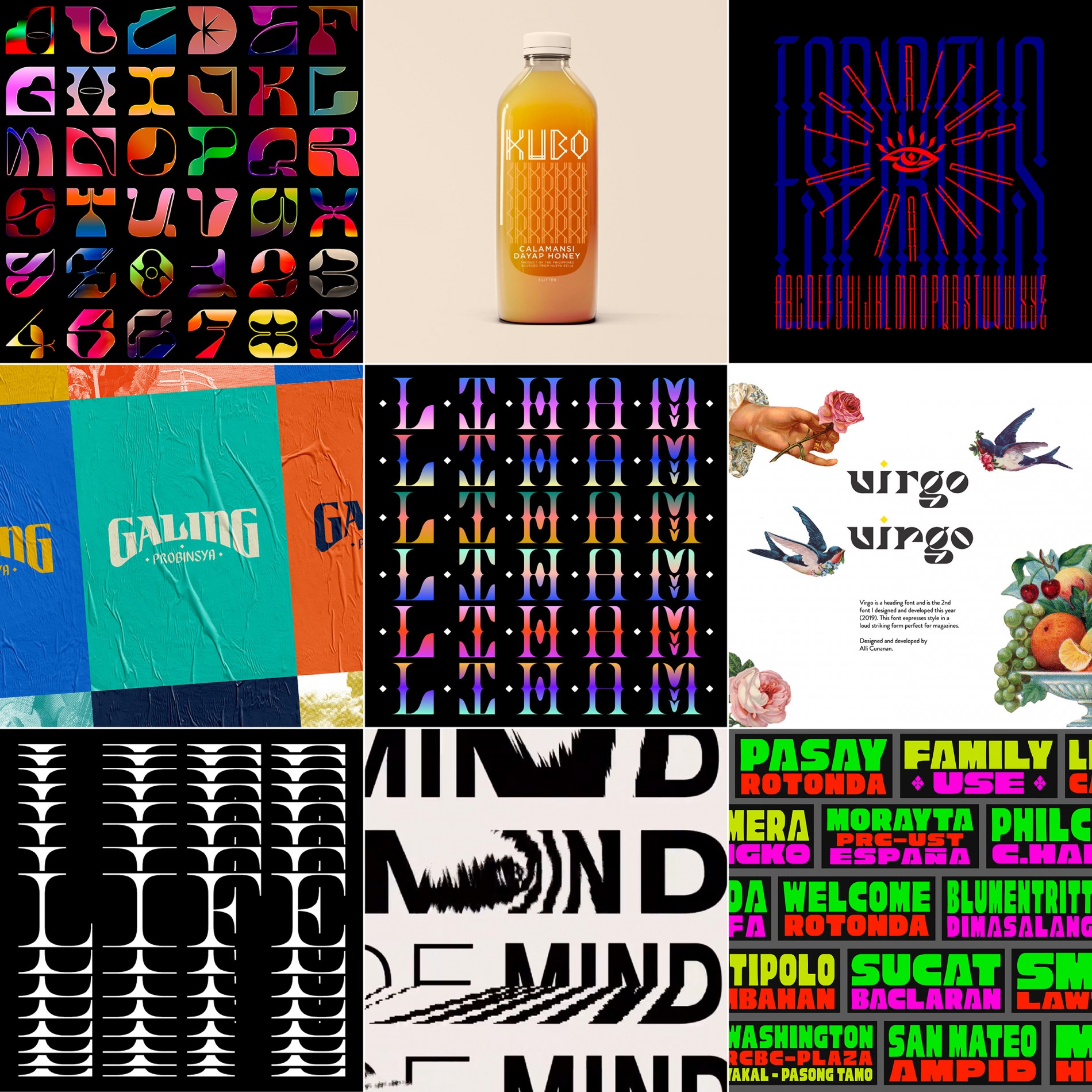
Developing National Characters: The Rise of the Filipino Type Community
Locked inside, type designers are emerging and calling for recognition
By Trinity Yeung
September 22, 2021
The increasing amount of time spent indoors has prompted a new movement for creativity, with locked-in creatives exploring new outlets for their talents, whether it be digital, or a more handmade discipline. Residing among social media’s many creative factions are the type creatives, who fuse both the digital and handmade into their work.
For many, encounters with type are limited to the noticeable—the ever-present Arial and Times New Roman duality on the computer to the precision of a cargo truck’s “How’s my driving?” signages. However, the study of type is more extensive and particular than what meets the eye. While mainly encountered in small-scale clusters within the Filipino creative community, local type enthusiasts are taking it upon themselves to boost the practice further.
The Filipino type community, while considerably new, has been building momentum in recent years. Jo Malinis is among the leading figures within the movement. Initially, she found it difficult to access resources for type education and practice.
“I refused to believe I was the only one doing [that] in the Philippines. I knew other people were getting into type, but we didn't know where to look for inspiration and sources.” For many type designers, accessibility to resources is a crucial starting point and the ease of dissemination has proven itself convenient for them. “Information is more accessible now. A lot of people know how to create [typefaces]. Since the tools are accessible, it is easier to create and design better fonts.”

This led Malinis to establish Type 63 – an initiative empowering Filipino type designers to coalesce and celebrate each other’s work. Today, Type 63 has over 60 type designs in their directory, featuring Philippine-inspired titles and forms such as Komik Dyan, Bawal and Quiapo.
Megan Palero, a motion designer based in Davao City, created his own platform, Urban Type Davao, as a response to the increasing urbanization and advancement of digital type. Palero believes type is a manifestation of the urban human condition, purposefully growing UTD as a conversational archive of unheard narratives “[It] started as a dedication to the discovery of invisible art that is known as vernacular typography, preserving their stories and resourcefulness of sign makers that used to shape the urban landscape of Davao before the proliferation of corporate advertising and digital print.”
Among Type 63’s vast list of designers is Iloilo-based John David Maza, who began engaging in the practice after about it at university. Maza’s portfolio culls inspiration from Filipino history and contemporary references. While most local type products make use of the Latin set, Maza has explored the archaic writing system of Baybayin with his Bantayog, Ulalong, and Taklobo types.
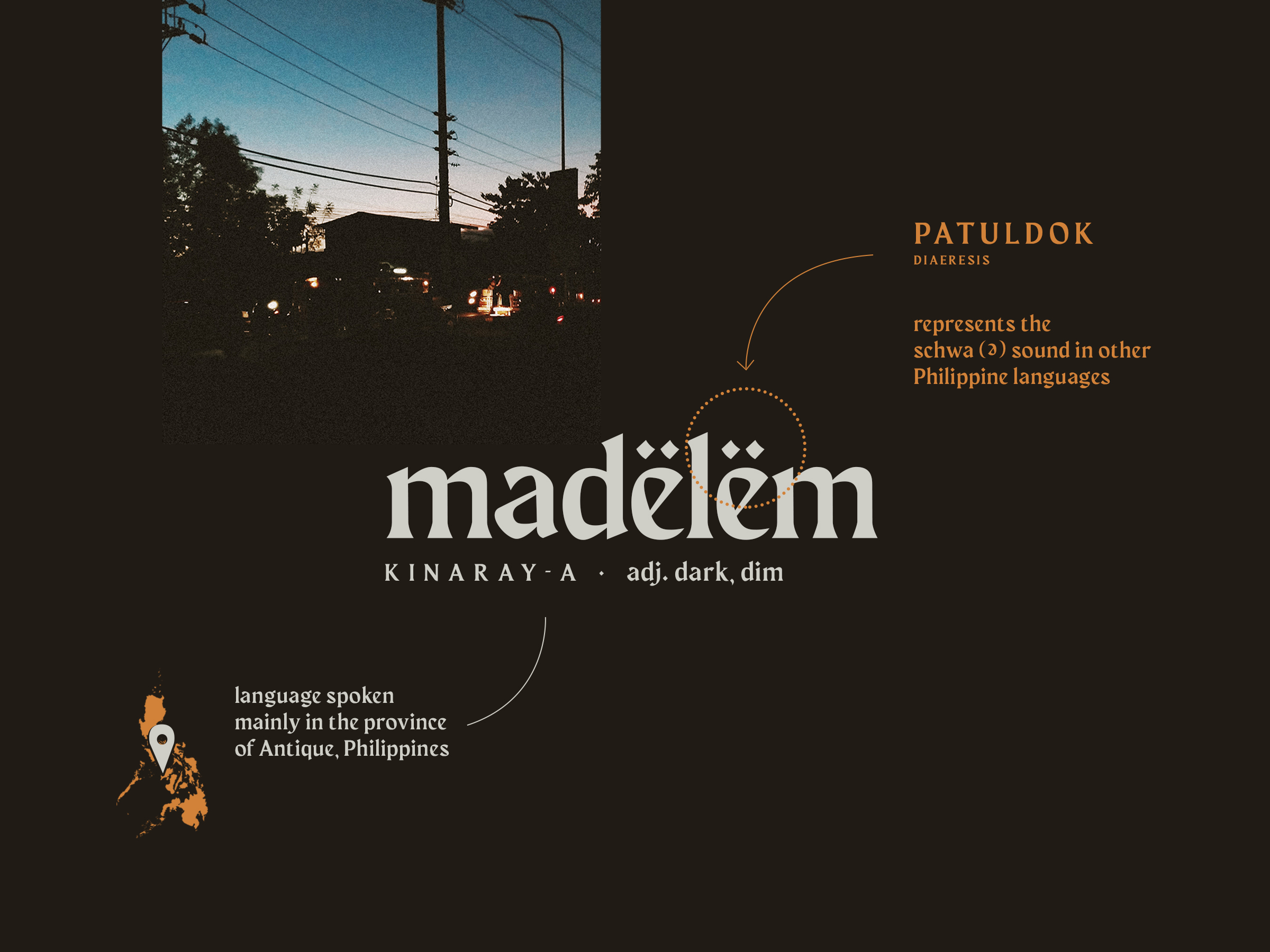
Yet, for a young designer like Maza, the rising type community is still in need of support. Often left in the suburbs of plain sight, the work of type designers are commonly discounted in the Philippines. “If a normal person sees a sign, they pay attention to what it says and not what it's made of,” says Malinis. Like in other creative fields, licensing has been a common issue, causing problems within the community.
For Maza, a displeasing experience arose when a foreign designer reinterpreted his work for their own distribution. The practice itself is tedious and time-consuming, explains Maza, “It can take 6 months to 7 years [to design a single typeface.]” While some designers put their work up for purchase, others don’t, leading to instances of misuse and exploitation.
Considering the community’s growing presence, those working within it are taking steps to bring it forward. Initiatives such as Tipong Pilipino, Urban Type Davao, and Type 63 are not only pushing for type celebration, but also education through mentorship programs and readily-accessible resources. With such initiatives, young designers are motivated to pursue the practice further.

But a key question remains: What makes Filipino type “Filipino”? While there have been multiple attempts to settle the inquiry, the distinction remains unclear. Malinis, on the other hand, sees a distinct personality in the Filipino-made characters.
“That's always a tricky question to answer, especially since we're still using Latin letter forms such as A to Z. It's tricky to differentiate yourself [from other countries]. But based on the submissions that I get, there's this element of warmth to them. It's a bit abstract to try and define, but it feels human. I've been talking to other type designers as well and we came to the conclusion that there's that handmade feel to Filipino typefaces.”
In spite of its niche locality and young nature, the type community manages to infuse a Filipino identity that persists. While a collective likeness is yet to be forged, a bright future for the Filipino type community is already set in stone, molded by those who believe in it.

